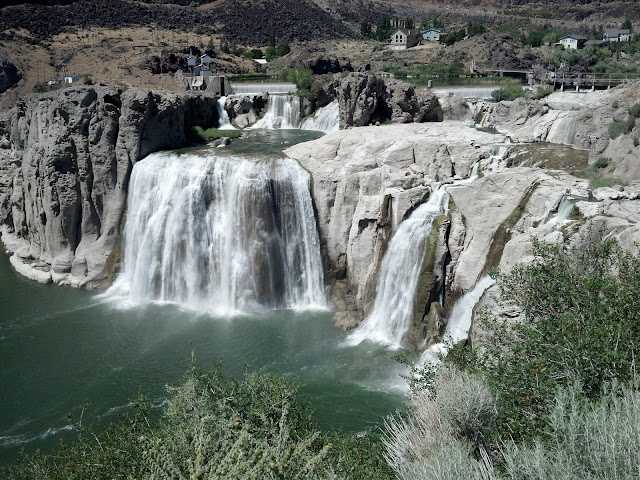Ruins of Sasco's Rockland Hotel
A couple of months ago, friend and photographer Ron T and I did some exploring just west of Red Rock Arizona, hoping to find what was left of several old ghost towns.
The first found was the remains of Sasco, an acronym for the Southern Arizona Smelting Company. It had been built in 1907 and was the smelter town for mines at Silverbell and nearby Picacho Peak. It had once been a community of 600 and featured a smelter, residences, saloons, stores, a jail, and the Hotel Rockland. A post office served the community until 1919. Ron and I explored what remained, including an old fenced graveyard.
Old postcard of Sasco
Ron, walking the Sasco townsite
Smelter Ruins - Sasco
At Sasco
Ron at Sasco
At Sasco
Sasco Cemetery
After walking around Sasco for a good while, we continued down the dirt road for 12 miles looking for the old town of Silverbell. A lot of this route was on the right-of-way of the Arizona Southern Railroad built in 1904 to carry ore from the mills at Silverbell to the smelter at Sasco. The tracks were taken up in 1934.
The site where the town of Silverbell stood was now nothing but shallow valleys and hills. There was nothing left to see. Silverbell had once been a town with a population estimated at 3,000, and had existed between 1860s and the 1920s. The town's boom was between 1902 and 1911. A post office was established in 1904, and a Wells Fargo station opened in 1906. Copper was the focus of mining there, but in 1911 a shaft fire combined with financial problems led to bankruptcy for the company that owned the mine.
All that Ron and I could find was the unprotected Silverbell cemetery. This was a sad site indeed, as much of the graves were decaying back into the desert. Few graves were marked, and it occurred to me that this place might completely disappear in the next few years.
Silverbell Cemetery
Ron, replacing a fallen cross - Silverbell cemetery
Silverbell cemetery
One of only a couple of graves marked with a name at the Silverbell cemetery
Continuing down the old road, we came near where we think the town of Silver Bell (two words) once stood. It was a town from 1948 into the 1980s. It turns out the road to Silver Bell had been rerouted south, and what was left of the town's buildings had largely been removed. The townsite is now covered over by massive tailings from the current Silverbell copper mine at the end of Avra Valley Road.
It took me a while to sort out the difference between the town of Silverbell, the town of Silver Bell, and the current Silverbell mine, but I think I have it now. Ron and I had a fun trip that day, and we learned a little of the local history. We found a few geocaches too, which was a plus. But mainly we found that towns come and go, lives come and go, and all legacy is fleeting.






























.jpg)









.jpg)










